Latest

The Impact of Specialist Art Teaching in Junior School Education

My Life as a Specialist Art Teacher in the Junior School at St George’s
By Lorna Grey, Specialist Art Teacher, Junior School
As a specialist in teaching art, I have always been passionate about the importance of creativity in a child’s education, particularly when introduced from an early age. Starting in primary
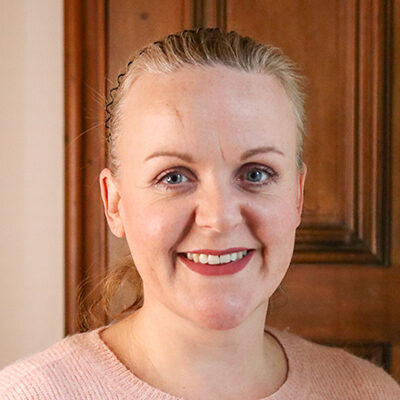
school, children develop essential skills in observation and self-expression that lay the foundation for their academic and personal growth. The earlier they begin engaging with artistic processes, the more confidence and enthusiasm they build, allowing them to explore creativity freely and develop an interest in art.
Art education in primary school not only allows children to express themselves but also helps them develop essential problem-solving skills. Seeing them engage with materials and develop their skills in a supportive setting is incredibly rewarding.
“Some girls really respond well to an art environment and need that.”
Building Foundations in Art
I firmly believe in a structured approach to teaching art education in junior schools that builds a strong foundation.
"Starting with the basics—understanding line, form, and how they interlock—helps the students at St George’s develop essential skills before advancing to more complex techniques. This approach allows them to gain confidence in their abilities and see the progression of their work over time."
Skills and Techniques Taught
“It’s about having a lovely structured sequence so that as they move up the school, they have those building blocks.”
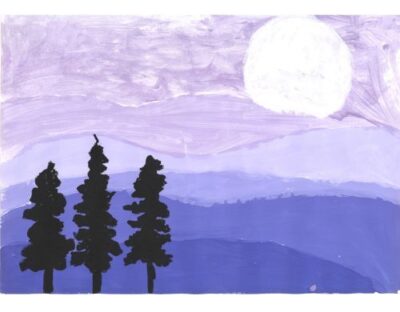
I introduce the girls to a wide range of artistic techniques, ensuring they experience diverse creative processes. By exploring these varied media, students broaden their skill sets, gaining confidence in experimenting with different techniques and finding their unique artistic voice.
- Painting: We go through all the different types of techniques, including dry brush, stippling, and block paint.
- Printing: They learn techniques such as mono printing and quick lino prints.
- 3D Work: The girls love working in three dimensions—whether it’s clay, wire sculpture, or using recycled materials to create abstract sculptures.
Integration with Curriculum and Wider Learning
“We try to tie our projects to what they’re studying in the wider curriculum.”
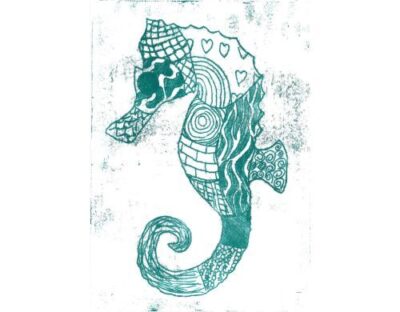
Art does not exist in isolation; it’s an integral part of a broader learning experience and plays a part in the enrichment programme of private schools. I work closely with other teachers to ensure our projects complement the wider curriculum.
For example, in our recent Buddhism project, students create observational drawings, use inks, and work with clay to deepen their understanding of religious studies. I always strive to align my projects with the themes students are exploring in their other subjects, creating a rich and meaningful learning experience.
Building Confidence and Creativity
One of the most rewarding aspects of teaching art is witnessing the confidence and enthusiasm it instils in students.
Watching their confidence grow and seeing them take ownership of their creative process is incredibly fulfilling. You often hear them say, “I’ve got art next, get in!” Their excitement is a testament to how much they value and enjoy the subject.
They often tell me, “I showed my mum how to do that at home,” demonstrating their enthusiasm and willingness to explore artistic techniques in their own time.
Opportunities for Recognition and Achievement
“They love a competition, and everyone got a participation certificate.”
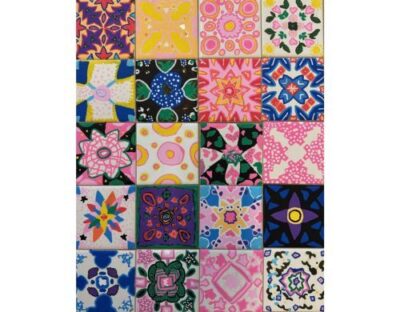
I encourage my students to participate in competitions to gain recognition for their artistic talents.
Recently, we had a student win in the National Art Competition. The excitement of participating and the pride of receiving a participation certificate is something the girls truly appreciate. I plan to integrate more of these sorts of competitions into the curriculum to ensure all students have the opportunity to showcase their abilities.
Showcasing and Celebrating Art
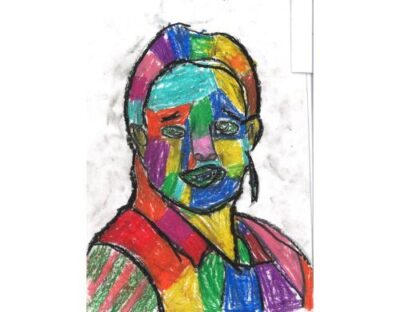
It’s important to celebrate students’ artistic achievements and give them a platform to share their work.
By investing in specialist art teaching, we are ensuring that students at St George’s benefit from a structured art curriculum, develop their creative expression, and build confidence in their abilities. The benefits of art in education are vast, from enhancing problem-solving skills to fostering a lifelong love for creativity.
Visit our website galleries below to explore the wonderful creations of our girls and witness firsthand the impact of high-quality art education.
Meet Lorna Grey, Specialist Art Teacher, Junior School
Play Video
P5 Artwork Gallery
P5 Artwork Gallery
Orphism Project
Students explore the artist Sonia Delaunay and her work as a designer and painter. They look at the Cubist movement and how that influenced her style. Students create their own artworks inspired by a style of art called Orphism. Orphism is characterised by concentric circles and discs of contrasting colours that create a sense of movement and rhythm. Sonia Delaunay was the inventor and creator of this style of art. Students experiment with oil pastel, watercolour, acrylic and marker pen using blending and block colour techniques. They create interesting composition designs before leading on to a final painted outcome.
Tessellation Project
Students delve into the world of M C Escher with his impossible prints that use realistic detail to achieve bizarre optical and conceptual effects. His illustrations and prints show spaces and scenes that would be impossible in real life. They also feature unexpected changes from one object to another. Students produce their own tessellation inspired by the works of Escher using their knowledge and understanding of colour theory to inform their colour scheme.
P6 Artwork Gallery
P6 Artwork Gallery
Students explore the wonders of the underwater world of our oceans through a variety of art forms, including drawing, painting, mixed media and ceramics. Students highlight the vibrancy and contrast of the markings and patterns found on tropical fish, before drawing realistic representations of seahorses. Students create patterns and textures using pen and ink which inform their ceramic tile outcome.
P4 Artwork Gallery
P4 Artwork Gallery
Expressionism Project
Students abandon 'real-life' imagery and 'express' themselves in an abstract self-portrait oil pastel drawing, communicating their emotions through their choice of colours, shapes and expressive lines.
Monochromatic Landscapes
Students produce a painting demonstrating the illusion of depth by using atmospheric perspective, creating a hilly landscape. Objects closer to the viewer appear more detailed and higher in contrast, whereas objects further back in space appear lower in contrast and have little detail. Students look at and discuss the works of Ted Harrison and his use of colour, and sweeping lines, in an abstract style.

















































